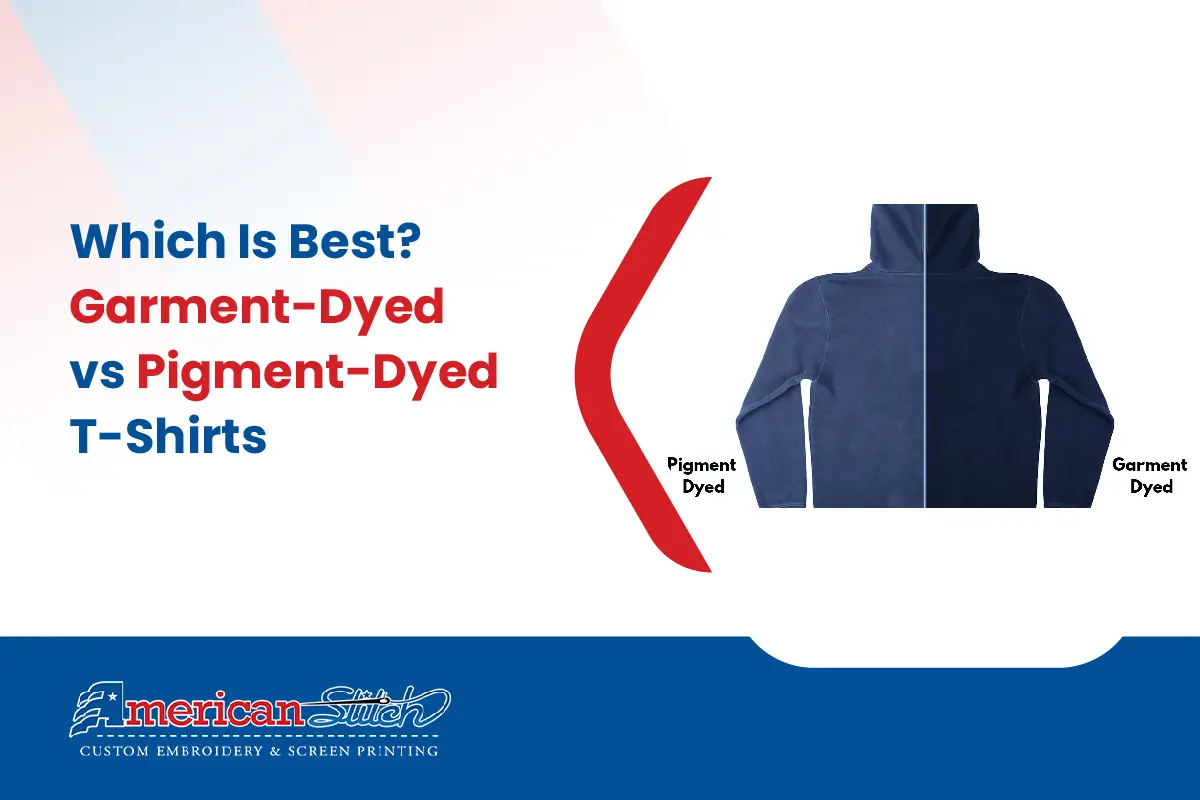Dye migration is a critical concern in the realm of screen printing, particularly when working with polyester fabrics. This phenomenon occurs when the dyes present in polyester fibers migrate into the ink layers during the curing process, resulting in undesirable color shifts in the final print. Understanding the nuances of dye migration is paramount for printers seeking to deliver high-quality prints that meet and exceed customer expectations.
Table of Contents
What Causes Dye Migration?
Dye migration is primarily attributed to the inherent characteristics of polyester fabrics, which render them particularly susceptible to this phenomenon. Understanding the underlying factors contributing to dye migration is essential for printers seeking to address and mitigate its effects effectively.
Importance of Understanding its Impact on Prints
Understanding the impact of dye migration is crucial for printers and manufacturers alike. Prints affected by dye migration often exhibit faded colors, color bleeding, and loss of detail, resulting in diminished print quality. This not only detracts from the visual appeal of the print but also reflects poorly on the professionalism and expertise of the printer. By grasping the implications of dye migration, printers can implement effective strategies to mitigate its effects and ensure the production of flawless prints that resonate with customers.
Why Polyester Fabrics are Prone to Dye Migration
Polyester fabrics exhibit a higher affinity for dyes compared to natural fibers such as cotton. This inherent property stems from the chemical composition of polyester fibers, which allows them to bond more readily with dyes. Consequently, when polyester fabrics are subjected to the heat of the curing process during screen printing, the dyes within the fibers become activated and begin to migrate into the ink layers, leading to color distortion and other visual anomalies in the print.
How Heat Activates Dyes in Polyester Fibers
The activation of dyes in polyester fibers occurs as a result of exposure to heat, a critical component of the screen printing process. When the printed garment undergoes curing, the heat applied triggers a chemical reaction within the polyester fibers, causing the dyes to release and migrate into the surrounding ink layers. This migration process can occur rapidly, especially at elevated temperatures, leading to significant color shifts and other adverse effects on print quality.
Mention of Other Factors Contributing to Dye Migration
While heat activation is a primary driver of dye migration, several other factors can exacerbate the phenomenon. These may include the type and composition of the ink used, the curing temperature and duration, as well as the characteristics of the polyester fabric itself. Additionally, environmental factors such as humidity levels and airflow during the curing process can also influence the extent of dye migration. By considering these various factors holistically, printers can implement targeted strategies to minimize dye migration and achieve optimal print quality.
Effects on Print Quality
Dye migration can have profound effects on the overall quality and visual appeal of screen-printed garments. Understanding these effects is essential for printers to recognize the importance of mitigating dye migration and delivering prints of superior quality.
Detailed Description of the Visual Effects of Dye Migration on Prints
Dye migration manifests in a variety of visual anomalies that detract from the clarity and vibrancy of the print. One of the most common effects is the fading of colors, where the original hues of the design appear muted or washed out due to the infiltration of dyes from the polyester fabric. This results in a loss of vibrancy and contrast, diminishing the overall impact of the print.
Color bleeding is another prevalent issue associated with dye migration, wherein the boundaries between different colors become blurred or indistinct. This can lead to a lack of definition and sharpness in the design elements, compromising the integrity of the intended artwork.
Loss of detail is also a significant concern when dye migration occurs. Fine lines, intricate patterns, and subtle gradients may become obscured or distorted, resulting in a lack of clarity and precision in the print. This loss of detail not only diminishes the visual appeal of the design but also undermines the craftsmanship and attention to detail that customers expect.
Examples of Common Issues Like Faded Colors, Color Bleeding, and Loss of Detail
Imagine a vibrant, multicolored design featuring intricate details and subtle shading. However, upon closer inspection, the colors appear dull and muted, lacking the vibrancy and depth expected. Additionally, the boundaries between the different colors are blurred, causing them to bleed into one another and obscuring the clarity of the design. Fine lines and delicate patterns may also be lost amidst the distortion caused by dye migration, resulting in a print that falls short of the desired quality and precision.
Emphasis on the Negative Implications for Print Aesthetics and Customer Satisfaction
The negative implications of dye migration extend beyond mere aesthetic concerns and directly impact customer satisfaction. Prints marred by dye migration fail to meet the high standards of quality and professionalism expected by customers, leading to disappointment and dissatisfaction. This, in turn, can tarnish the reputation of the printer and erode customer trust and loyalty.
By recognizing the detrimental effects of dye migration on print aesthetics and customer satisfaction, printers are motivated to implement proactive measures to prevent and mitigate its occurrence. Through the adoption of effective strategies and techniques, printers can uphold the integrity of their prints and ensure consistently high-quality results that exceed customer expectations.
Techniques to Prevent Dye Migration
Preventing dye migration is paramount for achieving high-quality screen prints, particularly when working with polyester fabrics. Employing appropriate techniques and preventive measures can effectively mitigate the risk of dye migration and ensure the production of flawless prints that meet and exceed customer expectations.
Various Preventive Measures
Several preventive measures can be employed to combat dye migration and maintain print integrity. These include the use of low-temperature inks, application of polyester-specific pretreatments, and careful selection of optimal screen meshes. By incorporating these techniques into the screen printing process, printers can minimize the likelihood of dye migration and achieve superior print quality.
Using Low-Temperature Inks and Their Benefits
Low-temperature inks offer a viable solution for mitigating dye migration by reducing the heat exposure during the curing process. These specialized inks are formulated to cure at lower temperatures, thereby minimizing the activation of dyes in polyester fabrics. By utilizing low-temperature inks, printers can effectively prevent dye migration while maintaining vibrant colors and sharp detail in the print.
Polyester-Specific Pretreatments and Their Role in Inhibiting Dye Migration
Polyester-specific pretreatments play a crucial role in inhibiting dye migration by creating a barrier between the polyester fabric and the ink layers. These pretreatments are specifically formulated to adhere to polyester fibers, preventing the migration of dyes into the ink and preserving the integrity of the print. By applying polyester-specific pretreatments prior to printing, printers can ensure crisp, clear prints with minimal risk of color distortion or bleeding.
Importance of Selecting Optimal Screen Meshes for Printing on Polyester Fabrics
Selecting the appropriate screen meshes is essential for achieving optimal print results on polyester fabrics. Coarser mesh counts allow for better ink penetration and adhesion, reducing the risk of dye migration and ensuring sharp detail and clarity in the print. Additionally, proper stencil tensioning and mesh alignment are critical factors that contribute to print resolution and minimize color distortion. By carefully selecting and calibrating screen meshes, printers can optimize print quality and minimize the potential for dye migration.
Conclusion
Addressing dye migration is of paramount importance in the realm of screen printing, particularly when working with polyester fabrics. By understanding the underlying causes and effects of dye migration, printers can implement targeted strategies to prevent its occurrence and ensure the production of flawless prints that meet the highest standards of quality and craftsmanship.





